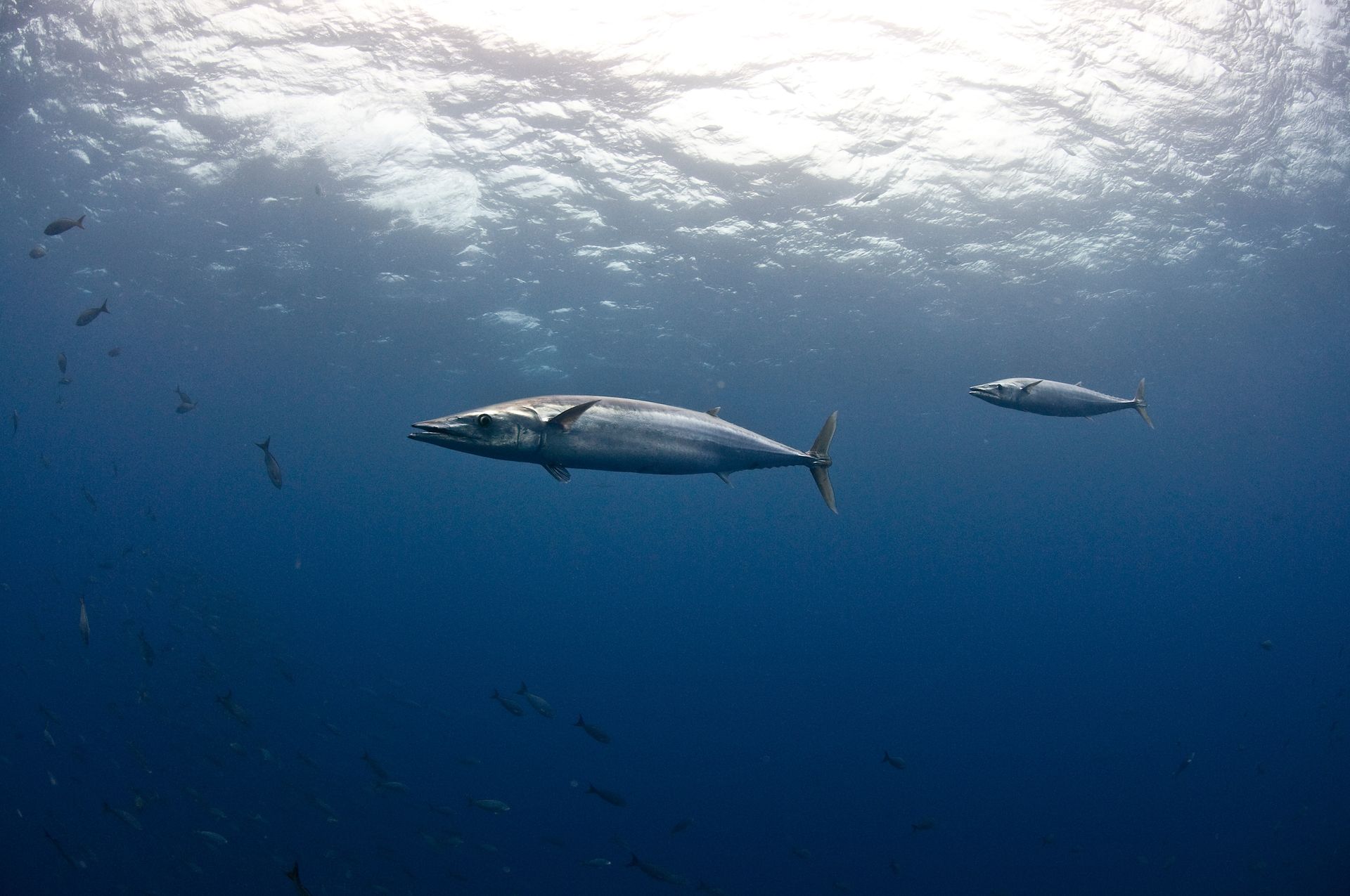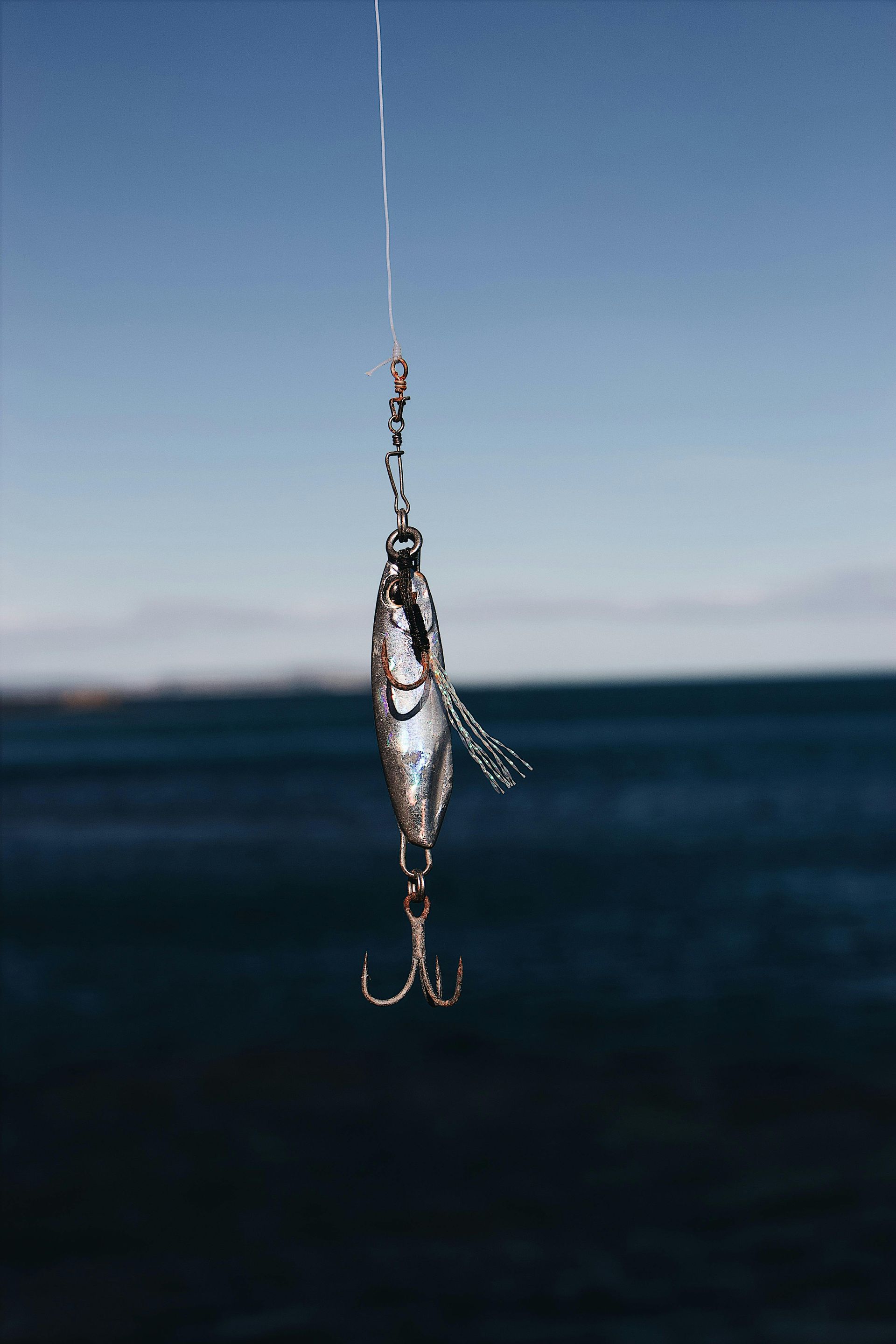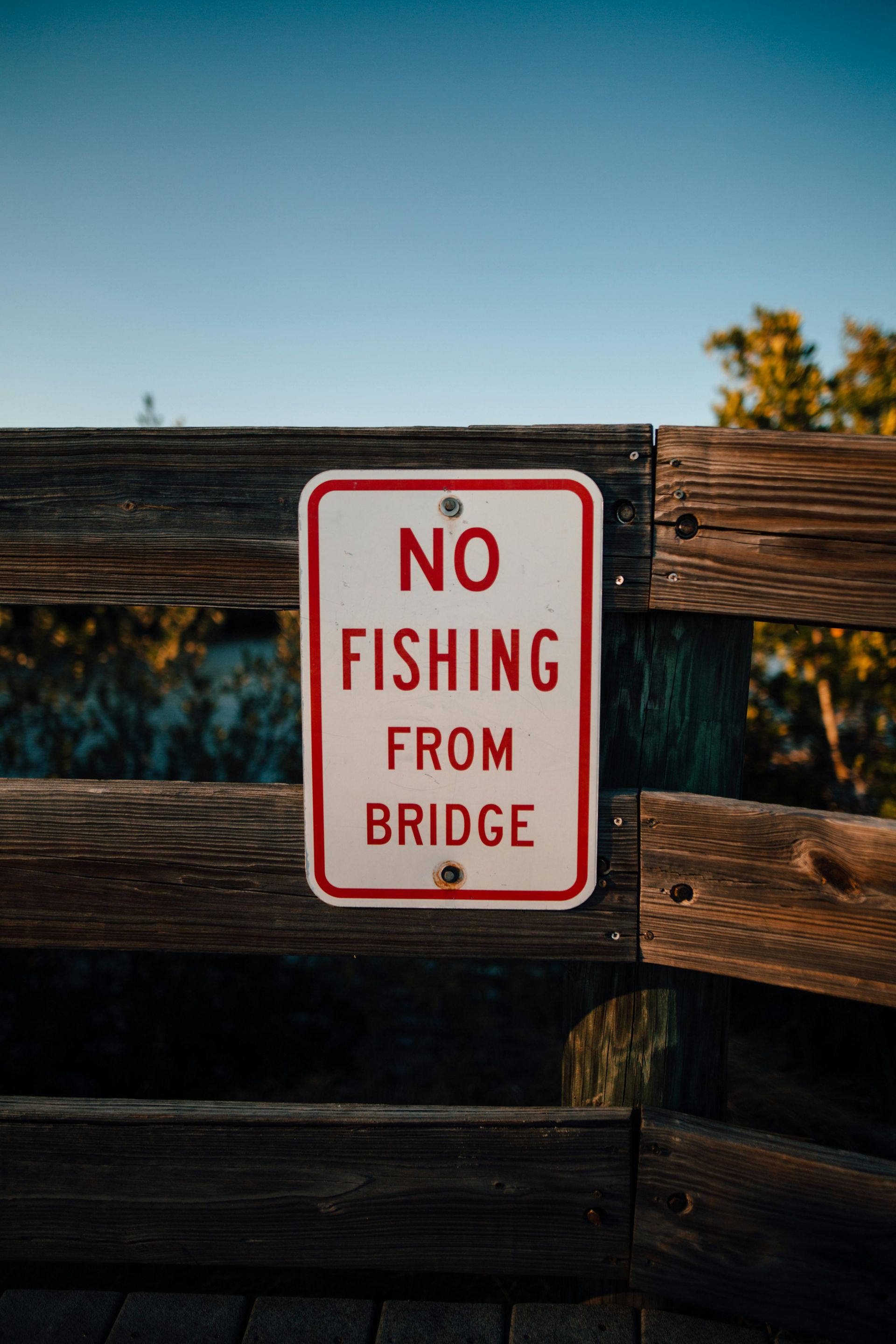Reel Groovy Experiences • February 1, 2025

Why Wahoo Fishing in Panama City Beach Is a Must-Try
If you're looking for one of the most adrenaline-pumping fishing experiences on Florida’s Gulf Coast, wahoo fishing in Panama City Beach delivers. Known for their blazing speed and aggressive strikes, wahoo—often called the "tiger of the sea"—are a bucket list catch for serious anglers and thrill-seekers alike.
🐟 Wahoo: The Speed Demon of the Sea
What Do Wahoo Look Like?
Wahoo have a sleek, elongated body with a shimmering iridescent blue back and silver sides, highlighted by irregular vertical blue bars.
How Big Do Wahoo Get?
These power-packed fish can grow up to 8 feet (2.5 meters) long and weigh up to 183 pounds (83 kg).
Are Wahoo Dangerous?
Not to humans—but they are to their prey. Wahoo have razor-sharp teeth, perfect for tearing into baitfish and squid.
🌍 Where Are Wahoo Found?
Global Range
Wahoo are found in tropical and subtropical seas worldwide, including the Atlantic, Pacific, and Indian Oceans.
Wahoo in the Gulf of Mexico
Panama City Beach is a prime location, especially in warmer months when wahoo migrate through local waters.
🍽️ What Do Wahoo Eat?
Wahoo are apex predators that feed primarily on:
- Smaller fish like mackerel and bonito
- Squid and other soft-bodied prey
Their diet and feeding style make them ideal targets for trolling.
🎣 Why Wahoo Fishing Is So Popular in Panama City Beach
Wahoo are capable of reaching speeds up to 60 mph—making them one of the fastest fish in the ocean. Hooking one means you’re in for a wild, high-speed fight. Combine that with the beautiful waters of PCB and you’ve got a perfect recipe for an unforgettable fishing trip.
Bonus: They taste amazing. In Hawaii, they’re called “Ono,” which means “delicious.”
🛠️ Best Techniques for Catching Wahoo
High-Speed Trolling
The most popular technique in Panama City Beach. Troll lures at 12–20 knots to trigger reaction bites.
Slow or Bump Trolling
Effective near structure and temperature breaks.
Planer Trolling
Allows you to fish deeper water where wahoo often cruise.
Vertical Jigging
Use metal jigs near reefs and drop-offs.
Kite Fishing & Chunking
Less common in PCB but can work when fish are near the surface.
🧰 Essential Gear for Wahoo Fishing
- Heavy-duty rods and reels
- Roller guides to reduce line friction
- 80–100 lb test lines
- Steel leaders (to resist their teeth)
- High-speed plugs, jet heads, or skirted ballyhoo
A well-planned trolling spread increases your hookup rate significantly.
⏰ Best Time to Fish for Wahoo in PCB
- Early morning and late afternoon
- Days with strong tide shifts
- Wahoo are more active in low-light or overcast conditions
📍 Top Spots Near Panama City Beach to Catch Wahoo
Wahoo love to ambush prey near:
- Offshore reefs
- Drop-offs and deep ledges
- Weed lines and current rips
- Floating debris like logs or seaweed mats
Target these areas 15–50+ miles offshore, especially during peak migration.
🏁 Final Thoughts: Hook Into the Thrill
Wahoo fishing in Panama City Beach offers the perfect blend of excitement, skill, and reward. Whether you're an experienced angler or new to deep sea fishing, landing a wahoo is an unforgettable achievement.
With the right technique, timing, and gear, you can reel in one of the ocean’s fastest and most prized predators.
📌 Quick Recap: Wahoo Fishing in PCB
- ✅ Speed: Up to 60 mph
- ✅ Weight: Up to 183 lbs
- ✅ Best Methods: High-speed trolling & planer setups
- ✅ Best Time: Dawn and dusk
- ✅ Top Locations: Offshore reefs and floating debris
🔍 Related Keywords to Target
- Wahoo fishing Panama City Beach
- Deep sea fishing for wahoo in Florida
- High-speed trolling for wahoo
- Ono fish Gulf Coast
- Fastest fish to catch PCB
- Offshore sportfishing PCB
- Best time to catch wahoo Florida





